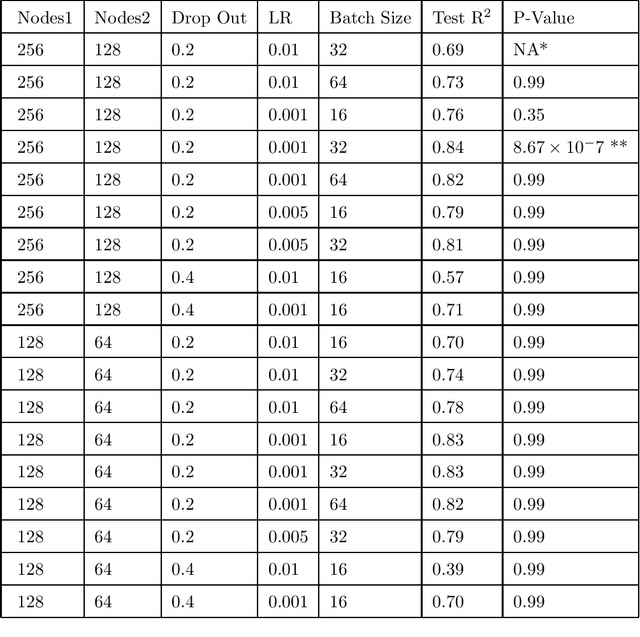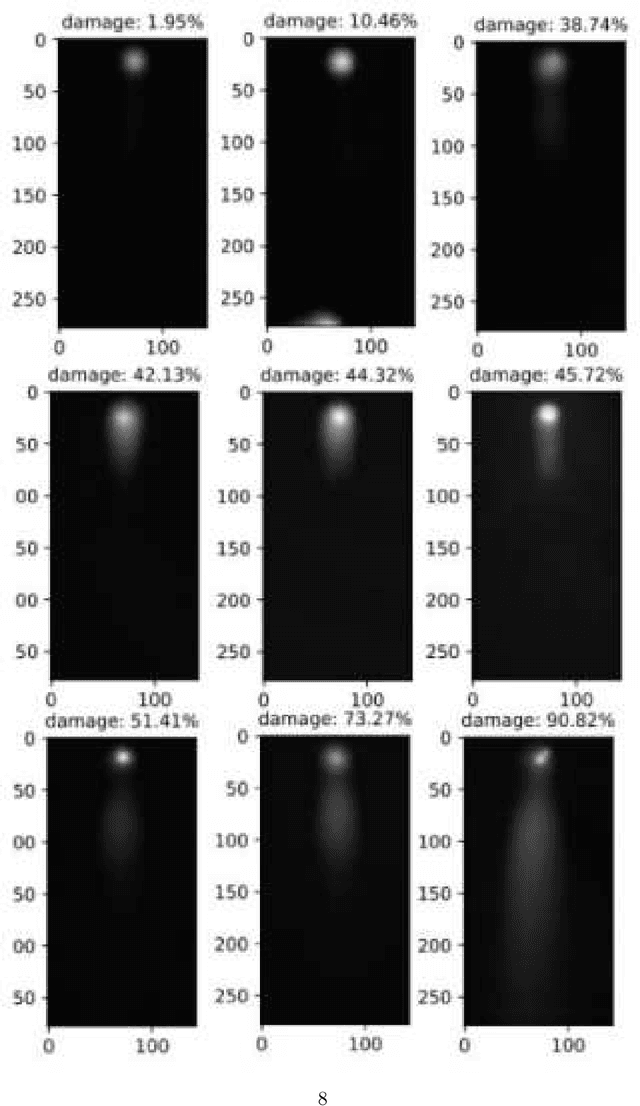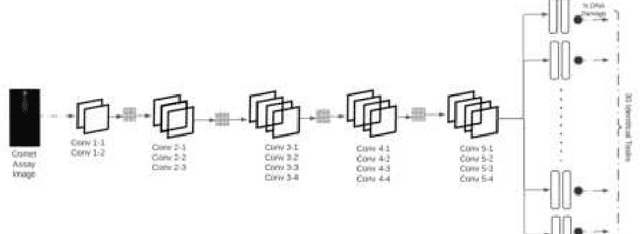Prateek Mehta
An accurate and revised version of optical character recognition-based speech synthesis using LabVIEW
Jun 18, 2025Abstract:Knowledge extraction through sound is a distinctive property. Visually impaired individuals often rely solely on Braille books and audio recordings provided by NGOs. Due to limitations in these approaches, blind individuals often cannot access books of their choice. Speech is a more effective mode of communication than text for blind and visually impaired persons, as they can easily respond to sounds. This paper presents the development of an accurate, reliable, cost-effective, and user-friendly optical character recognition (OCR)-based speech synthesis system. The OCR-based system has been implemented using Laboratory Virtual Instrument Engineering Workbench (LabVIEW).
Faster Deep Ensemble Averaging for Quantification of DNA Damage from Comet Assay Images With Uncertainty Estimates
Dec 23, 2021



Abstract:Several neurodegenerative diseases involve the accumulation of cellular DNA damage. Comet assays are a popular way of estimating the extent of DNA damage. Current literature on the use of deep learning to quantify DNA damage presents an empirical approach to hyper-parameter optimization and does not include uncertainty estimates. Deep ensemble averaging is a standard approach to estimating uncertainty but it requires several iterations of network training, which makes it time-consuming. Here we present an approach to quantify the extent of DNA damage that combines deep learning with a rigorous and comprehensive method to optimize the hyper-parameters with the help of statistical tests. We also use an architecture that allows for a faster computation of deep ensemble averaging and performs statistical tests applicable to networks using transfer learning. We applied our approach to a comet assay dataset with more than 1300 images and achieved an $R^2$ of 0.84, where the output included the confidence interval for each prediction. The proposed architecture is an improvement over the current approaches since it speeds up the uncertainty estimation by 30X while being statistically more rigorous.
 Add to Chrome
Add to Chrome Add to Firefox
Add to Firefox Add to Edge
Add to Edge